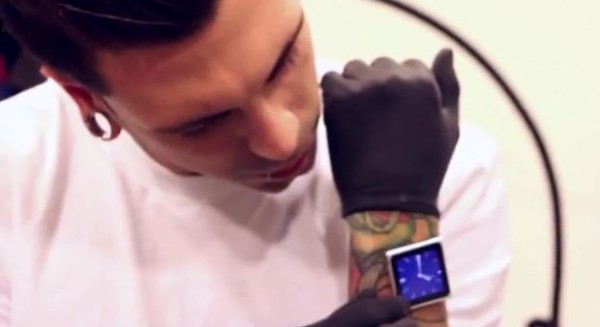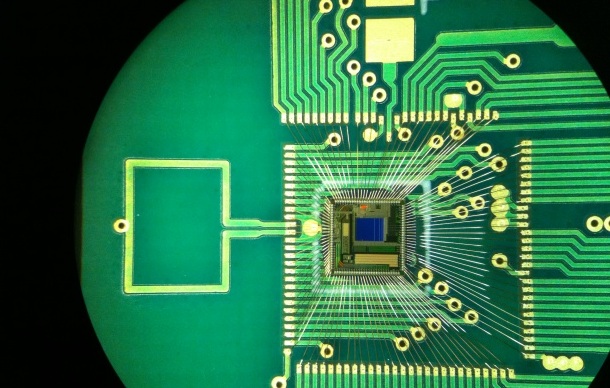The Pursuit To Make The Body A Power Source Moves To The Ear
While medical implants have been getting smaller and more efficient over the year, the batteries used to power them have not. Making them too small, however, severely reduces the expectant battery life and thus ups the likelihood of surgery to replace them. We can’t just cut out and eject power packs Terminator-style, so researchers have been looking at ways the human body could power the devices, and one such way is with our ears.
Man Implants Magnets Into His Wrist For Strapless iPod Nano Watch

We understand that fashion is a key trend when it comes to Apple products; but we've never been a fan of the idea of an iPod Nano wristwatch. Dave Hurban must have thought the same as well, performing a self-titled 'iDermal' on himself: removing the need for a wrist strap by engineering his own wrist to hold the device via a set of magnets.
Artificial retinal implant restores vision
Tests on a new kind of prosthetic eye have proven successful, meaning that the technology could someday allow around 25 million people who are blind due to retinal diseases to see in crystal clarity, by having much stronger intercommunication when portraying the image to the brain.
Shiela Nirenberg and Chetan Pandarinath, of Weill Medical College of Cornell University in New York city have tested this retinal prosthetic in blind mice, discovering it gave them the power to see individual dimples on a baby's face. With this success comes the potential of human use.



